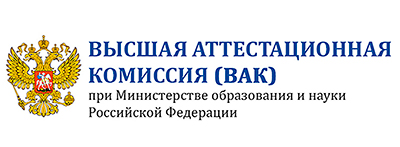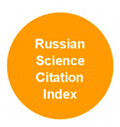Регистрация брака и рождение ребенка в биографии россиян: анализ данных текущей статистики
Аннотация
В статье рассматривается теснота связи между двумя событиями в жизни российских женщин: зачатием ребенка и регистрацией брака. На базе дезагрегированных данных текущей статистики населения о регистрации рождений, взятых по нескольким субъектам Российской Федерации за 2010 г., проанализированы темпы регистрации браков в привязке к дате зачатия ребенка, а также возрастные и региональные особенности этого процесса. Отдельное внимание уделено распространенности регистраций рождений вне брака по совместному заявлению родителей и связи этого явления с возрастами отца и матери. С использованием микроданных Всероссийской переписи населения 2010 г. более детально рассмотрено брачное состояние женщин и его динамика в первые пять лет после рождения ребенка. На основе полученных результатов авторами делается вывод, что в России сохраняется широкое распространение свадеб вдогонку, заявление на регистрацию которых подается во втором триместре беременности. В наибольшей степени это свойственно молодежи, регистрирующей свой первый брак. Вместе с относительно высокими темпами распада молодых «детных» браков это говорит в пользу интерпретации свадеб вдогонку как маркера традиционного демографического поведения.
























